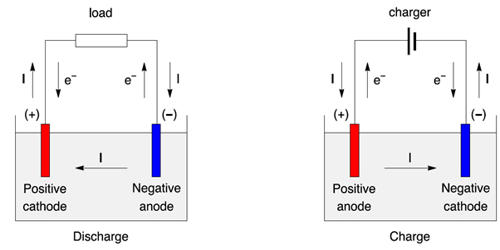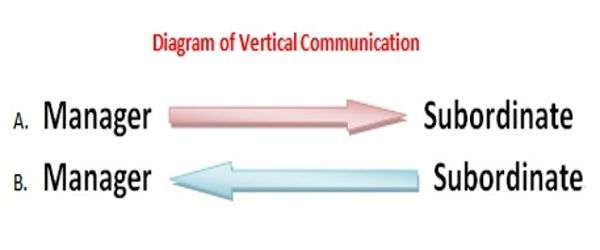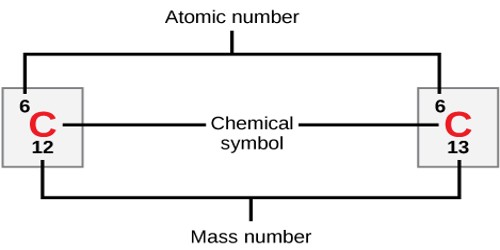Cadmium acetate is the chemical compound with the formula Cd(O2CCH3)2(H2O)2. It typically appears as a white or yellowish crystalline solid. The compound is marketed both as the anhydrous form and as a dihydrate, both of which are white or colorless. Only the dihydrate has been verified by X-ray crystallography. It is soluble in water and ethanol, making it useful in various chemical reactions and applications.
It can undergo hydrolysis in the presence of water, leading to the formation of cadmium hydroxide and acetic acid. Cadmium and its compounds are toxic and can pose health risks if inhaled or ingested, necessitating careful handling.
Preparation, reactions, and uses
It forms by treating cadmium oxide with acetic acid:
CdO + 2 CH3CO2H + H2O → Cd(O2CCH3)2(H2O)2
It can also be prepared by treating cadmium nitrate with acetic anhydride.
Cadmium acetate has few applications. By reaction with trioctylphosphine selenide, it has often been used as a precursor to cadmium selenide and related semiconductors.
Properties
- Chemical formula: Cd(CH3COO)2 (anhydrous), Cd(CH3COO)2·2H2O (dihydrate)
- Molar mass: 230.500 g/mol (anhydrous), 266.529 g/mol (dihydrate)
- Appearance: colorless crystals (anhydrous), white crystals (dihydrate)
- Odor: acetic acid
- Density: 2.341 g/cm3 (anhydrous), 2.01 g/cm3 (dihydrate)
- Melting point: 255 °C (491 °F; 528 K) (anhydrous) dihydrate decomposes at 130°C
- Solubility in water: soluble (anhydrous), very soluble (dihydrate)
- Solubility: soluble in methanol, ethanol (anhydrous), soluble in ethanol (dihydrate)
Natural Occurrence
Cadmium is typically found in ores alongside zinc and lead. Cadmium acetate itself is not commonly found in nature but can be synthesized from cadmium oxide and acetic acid.
Industrial Applications: It is used in various applications, including:
- As a catalyst in organic synthesis.
- In electroplating processes.
- As a precursor for cadmium-based compounds in dye and pigment manufacturing.
Uses
- Laboratory Reagent: Often used in chemical synthesis and as a source of cadmium in various reactions.
- Electroplating: Can be used in electroplating processes to deposit cadmium onto surfaces.
- Research: Employed in studies involving cadmium’s effects and properties.
Safety
- Toxicity: Cadmium compounds are highly toxic and can be harmful if ingested or inhaled. Proper safety precautions are necessary when handling this compound.
- Handling: Use in a well-ventilated area, wear appropriate personal protective equipment (PPE), and follow guidelines for hazardous materials.
















